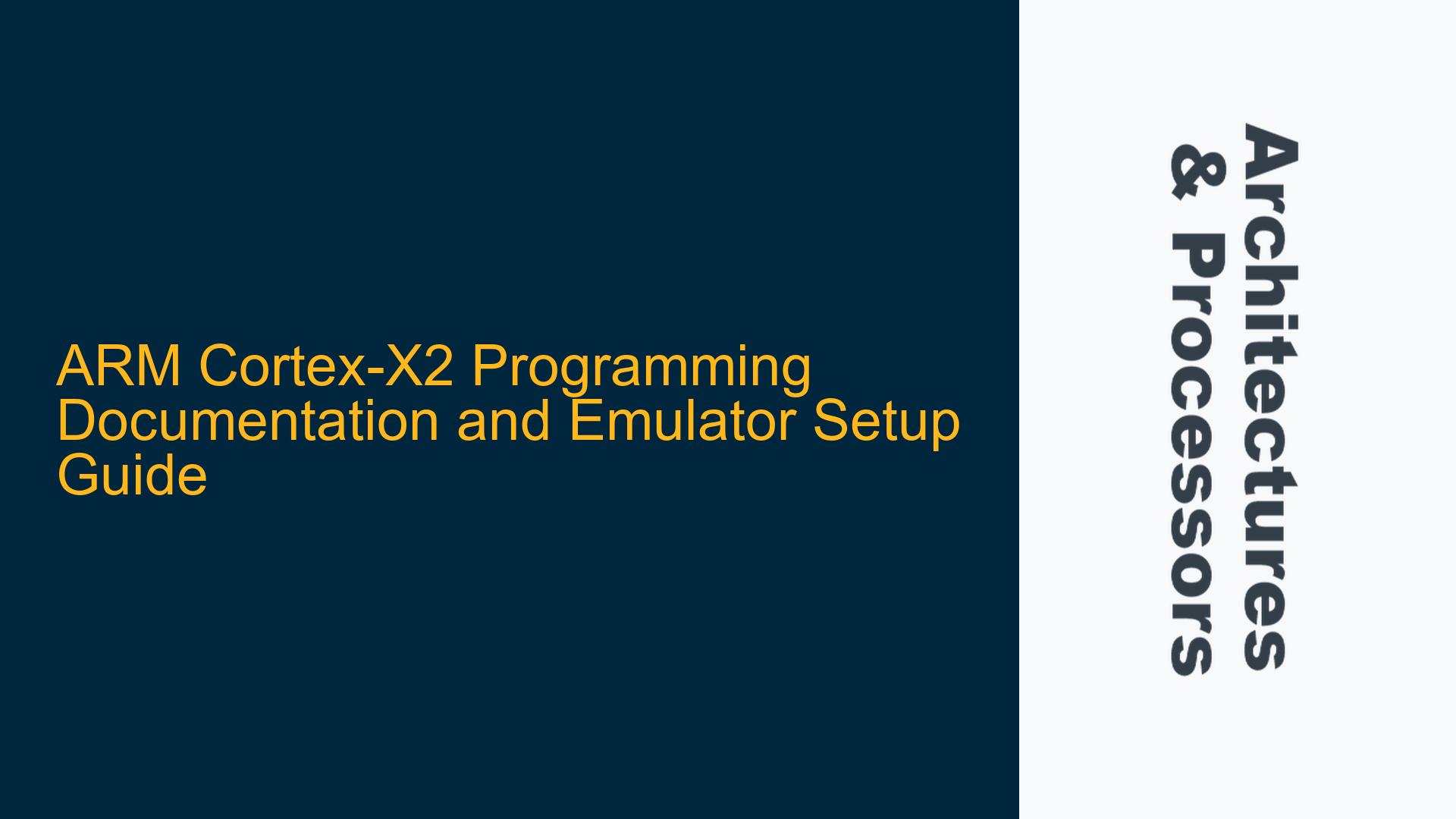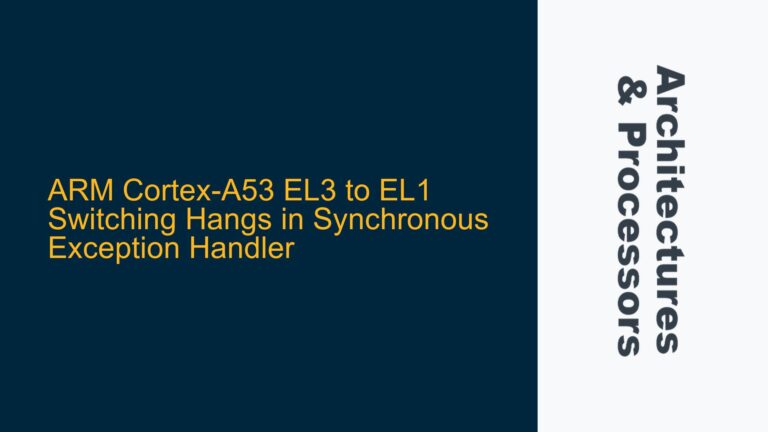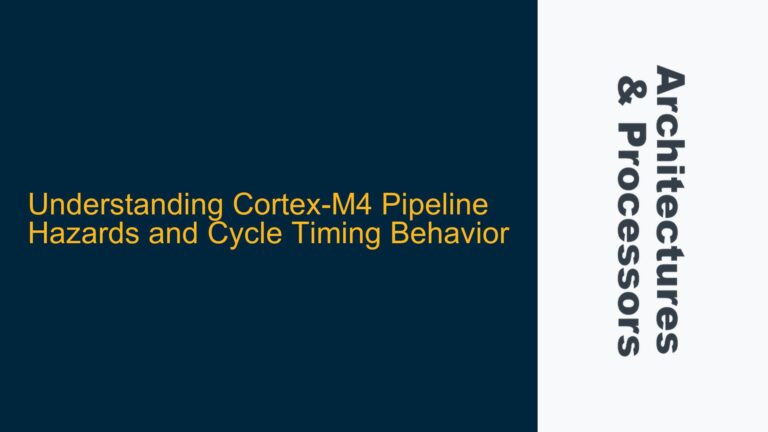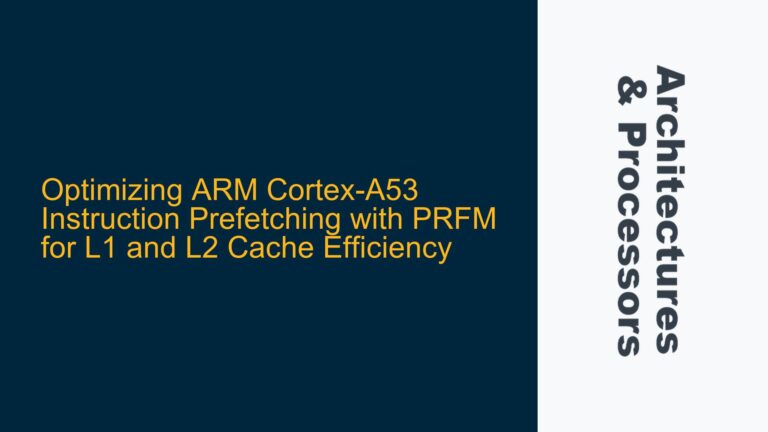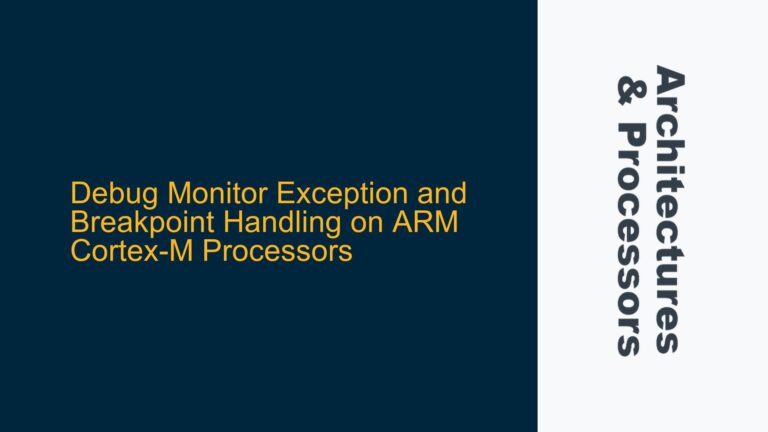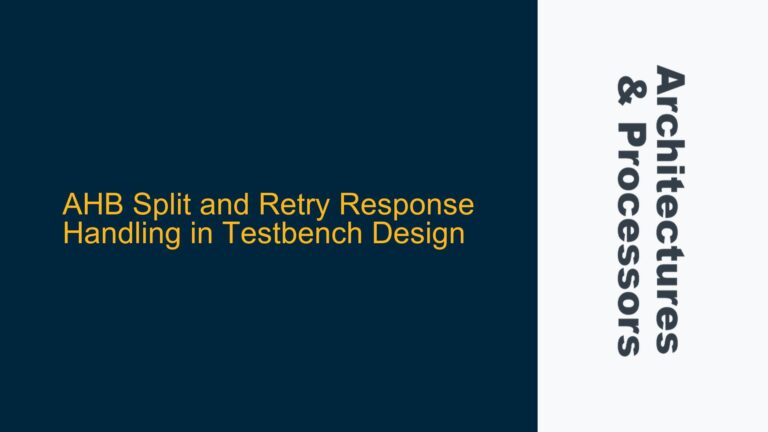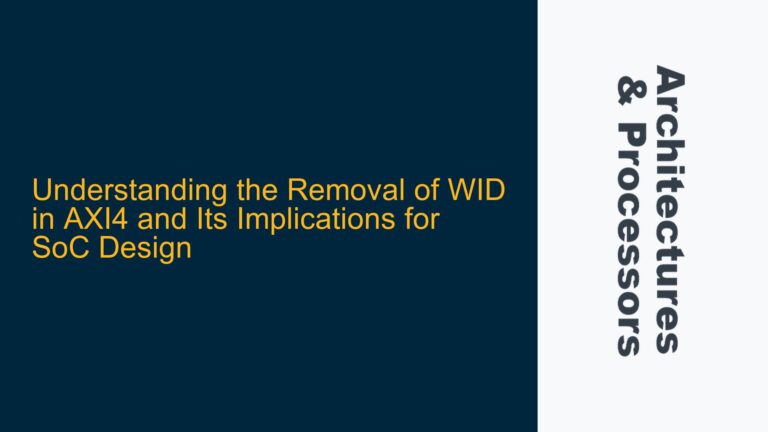ARM Cortex-X2 Programming Documentation and Architecture Overview
The ARM Cortex-X2 is a high-performance CPU core designed for applications requiring maximum performance, such as mobile devices, laptops, and servers. It is part of the ARMv9-A architecture, which introduces significant enhancements over the ARMv8-A architecture, including improved security, performance, and machine learning capabilities. To begin programming for the ARM Cortex-X2, it is essential to understand the foundational documentation and resources available.
The primary documentation for the ARM Cortex-X2 includes the Technical Reference Manual (TRM) and the ARM Architecture Reference Manual (ARM ARM). The TRM provides detailed information specific to the Cortex-X2, such as its microarchitecture, register set, and implementation-specific features. On the other hand, the ARM ARM describes the common architectural features shared across all ARMv8-A and ARMv9-A processors, including the exception model, memory management, and instruction set.
For developers new to ARM architectures, the "Learn the Architecture" page on ARM’s official website is an invaluable resource. It offers introductory guides on various topics, such as the ARMv9-A architecture, memory management, and the ARM instruction set. These guides are particularly useful for understanding the broader context of the Cortex-X2 within the ARM ecosystem.
When working with the Cortex-X2, it is crucial to distinguish between architecture-specific and implementation-specific details. The ARM ARM covers architecture-specific details, such as the ARMv9-A instruction set and memory model, which are applicable to all ARMv9-A processors. In contrast, the TRM focuses on implementation-specific details, such as the Cortex-X2’s pipeline structure, cache hierarchy, and power management features. Understanding both documents is essential for writing efficient and portable code.
Challenges in Locating Cortex-X2 Documentation and Emulator Support
One of the primary challenges developers face when working with the ARM Cortex-X2 is locating comprehensive and accessible documentation. While ARM provides official documentation, such as the TRM and ARM ARM, these resources can be overwhelming for newcomers due to their technical depth and breadth. Additionally, the Cortex-X2 is often integrated into System-on-Chip (SoC) designs by third-party vendors, such as Qualcomm (Snapdragon) and MediaTek (Dimensity). These vendors may provide their own documentation, which can further complicate the process of finding relevant information.
Another challenge is the lack of readily available emulator support for the Cortex-X2. Emulators are essential for testing and debugging code without requiring physical hardware. While QEMU is a popular open-source emulator that supports various ARM architectures, its support for the Cortex-X2 may be limited or incomplete. Developers must carefully evaluate the capabilities of available emulators and determine whether they meet their specific needs.
To address these challenges, developers should start by thoroughly reviewing the ARM ARM and TRM for the Cortex-X2. These documents provide the foundational knowledge required to understand the processor’s architecture and programming model. Additionally, developers should explore ARM’s "Learn the Architecture" guides, which offer a more accessible introduction to key concepts.
For emulator support, developers should investigate the latest versions of QEMU and other ARM-compatible emulators. While QEMU may not fully support the Cortex-X2, it can still be useful for testing code that adheres to the ARMv9-A architecture. Developers should also consider using ARM’s Fixed Virtual Platforms (FVPs), which provide cycle-accurate models of ARM processors and are often used for software development and testing.
Implementing Cortex-X2 Programming and Emulator Setup
To implement programming for the ARM Cortex-X2, developers should follow a structured approach that includes setting up a development environment, writing and testing code, and optimizing performance. The following steps outline this process:
-
Set Up the Development Environment: Begin by installing the necessary tools, such as the ARM Compiler, GCC for ARM, or LLVM. These tools provide the compilers, assemblers, and linkers required to build code for the Cortex-X2. Additionally, install an ARM-compatible emulator, such as QEMU or an ARM FVP, to test the code.
-
Write and Test Code: Start by writing simple programs that exercise the basic features of the Cortex-X2, such as arithmetic operations, memory access, and exception handling. Use the ARM ARM and TRM to ensure that the code adheres to the ARMv9-A architecture and takes advantage of the Cortex-X2’s specific features. Test the code on the emulator to verify its correctness and identify any issues.
-
Optimize Performance: Once the basic functionality is working, focus on optimizing the code for performance. Use the TRM to understand the Cortex-X2’s pipeline structure, cache hierarchy, and power management features. Apply optimizations such as loop unrolling, instruction scheduling, and cache-aware data placement to improve performance.
-
Debug and Refine: Use the emulator’s debugging features to identify and fix any issues in the code. Pay particular attention to subtle hardware-software interaction issues, such as cache coherency and memory ordering. Refine the code based on the debugging results and retest to ensure that it meets the desired performance and functionality goals.
-
Explore Advanced Features: As you become more familiar with the Cortex-X2, explore its advanced features, such as the Scalable Vector Extension (SVE) and the Memory Tagging Extension (MTE). These features can provide significant performance and security benefits but require a deep understanding of the architecture and careful implementation.
By following these steps, developers can effectively program for the ARM Cortex-X2 and leverage its advanced features to build high-performance applications. While the process may be challenging, the availability of comprehensive documentation and emulator support makes it feasible to achieve successful outcomes.
In conclusion, programming for the ARM Cortex-X2 requires a solid understanding of the ARMv9-A architecture and the specific features of the Cortex-X2. By leveraging the ARM ARM, TRM, and "Learn the Architecture" guides, developers can gain the knowledge needed to write efficient and portable code. Additionally, by using ARM-compatible emulators and following a structured development process, developers can overcome the challenges of working with the Cortex-X2 and achieve their programming goals.
